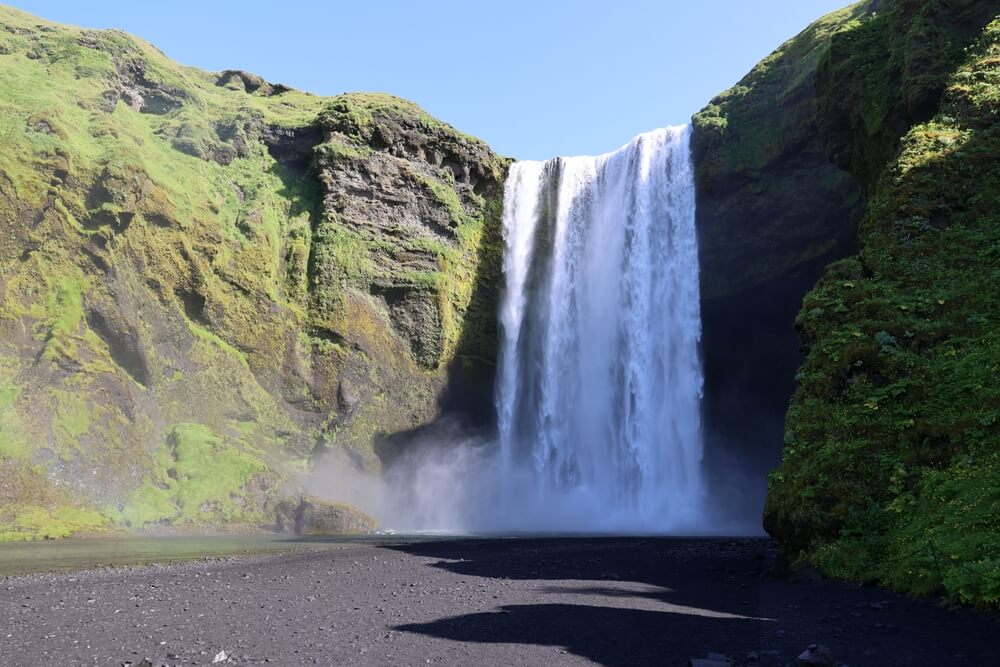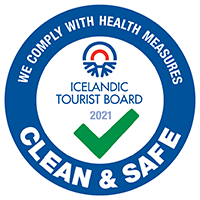
Iceland is primarily known for its stunning scenery and unique culture. However, Iceland’s beauty comes at a price and choosing the right time to visit can significantly reduce your travel cost.
While prices in Iceland fluctuate throughout the year, some seasons offer far more affordable options for travelers.
So, let’s find out what is the cheapest season to visit Iceland. Highlighting the most budget friendly and convenient times to visit, along with the pros and cons of traveling during each time.
Summer in Iceland
Summer is the most expensive time to visit Iceland. That's the high season in Iceland’s tourism starting from early May and lasting until late September.
During this period prices for flights, accommodation and rental cars, are at their highest. Meaning it is going to cost more getting to Iceland, staying there and traveling around than it would in other seasons.
The mild summer weather and clear roads makes traveling in Iceland much easier compared to the harsh winter. In simple words, you can do much more, more easily. Whether it is hiking, seeing Iceland’s best waterfalls or exploring the Highland F-roads.
Because the summer is short and Iceland is a small country with limited quantity of flights, hotels and rental cars it creates high demand for these travel essentials which leads to higher prices.
Car rentals in Iceland are in high demand during summer. So it’s important to book early, both to get better prices and availability.
Whether it is worth it is up to you but here are some advantages and disadvantages of visiting Iceland in summer.
Pros:
- Better access to Iceland’s most famous attractions.
- Easy to travel with clear roads and few weather disruptions.
- Midnight sun and mild weather.
Cons:
- High travel cost for flights, accommodations and car rentals.
- Popular attractions can get crowded.
- Limited availability of budget friendly service.

Iceland Winter Holiday
Although travel costs for a winter vacation in Iceland is not as high as summer, it can also be a bit pricey. Around the holidays from November to January is also a popular time to visit Iceland.
Winter is a magical time to visit Iceland. Offering travelers a beautiful winter scenery and a chance to see the amazing Northern Lights. This winter wonderland has become a very popular travel time, with December being one the busiest months in Iceland’s tourism.
Though car rental prices are lower in winter than in summer, certain periods (like around Christmas and New Year's) can still see higher rates, especially for 4x4 vehicles. Same goes for accommodation in Reykjavik, where Iceland’s Yule Lads and other unique Christmas traditions have become a major attraction.
However, driving conditions can be challenging during these winter months. Additionally, Icelandic winter weather can be unpredictable, so travelers should be prepared to check weather forecasts and road conditions daily.
Is it worth it? That’s for you to decide, but here are some ups and downs for visiting Iceland in winter.
Pros:
- High chance of seeing the Northern lights.
- Cheaper flights available.
- Beautiful winter scenery and cultural events.
Cons:
- Challenging driving conditions with snow and ice on the roads.
- Limited travel options due to weather conditions and road closures.
- High prices around holidays and for 4x4 rental cars.

Off Season: Autumn/Spring
The cheapest time to visit Iceland is during the off seasons. That is late autumn and early spring. Specifically, the best months for budget travelers are:
Late September to early November: The tourist crowds have thinned, but the weather is still mild enough to explore. Airfare and accommodation prices tend to drop after the summer season.
January to early April: This is Iceland's low season, when flights and accommodations are often at their cheapest. Winter weather can be challenging, but it’s also a good time for viewing the Northern Lights.
During these months, many hotels and car rental services offer discounted rates, and flights to Iceland are generally more affordable than during the summer high season and Christmas.
However, note that some remote tourist sites may be less accessible due to winter conditions. If you’re visiting during these months, I recommend having a 4x4 rental car and daily monitoring road and weather conditions. As well as having flexible travel plans and full coverage insurances.
Here’s what’s positive and negative about visiting Iceland´s cheapest seasons:
Pros:
- Airfare, accommodation, and car rental prices are more affordable during the off-season.
- Tourist crowds thin out, allowing for a more peaceful and less crowded travel experience.
- Early spring (January to April) and October is a good time to catch the Northern Lights, one of Iceland’s major winter attractions.
Cons:
- Winter-like conditions in early spring or late autumn can make travel more challenging, with the possibility of icy roads and storms.
- Some remote tourist sites may be harder to reach due to winter weather and road closures, particularly in more isolated areas.
- A 4x4 vehicle is recommended for safe travel, especially when driving on less accessible roads or during unpredictable weather conditions, adding to the overall travel cost.

Conclusion
There you have it, the cheapest time to visit Iceland is during the off seasons of spring and autumn. But while being more affordable than summer and winter holidays it’s not without its challenges. It might carry high risk but at the same time offer high reward.
Now you can evaluate the advantages and disadvantages of each season and find the perfect time to book your Iceland adventure.
If you like to learn more about traveling to Iceland please feel free to visit our blog about Practical Info and Natural Wonders.




